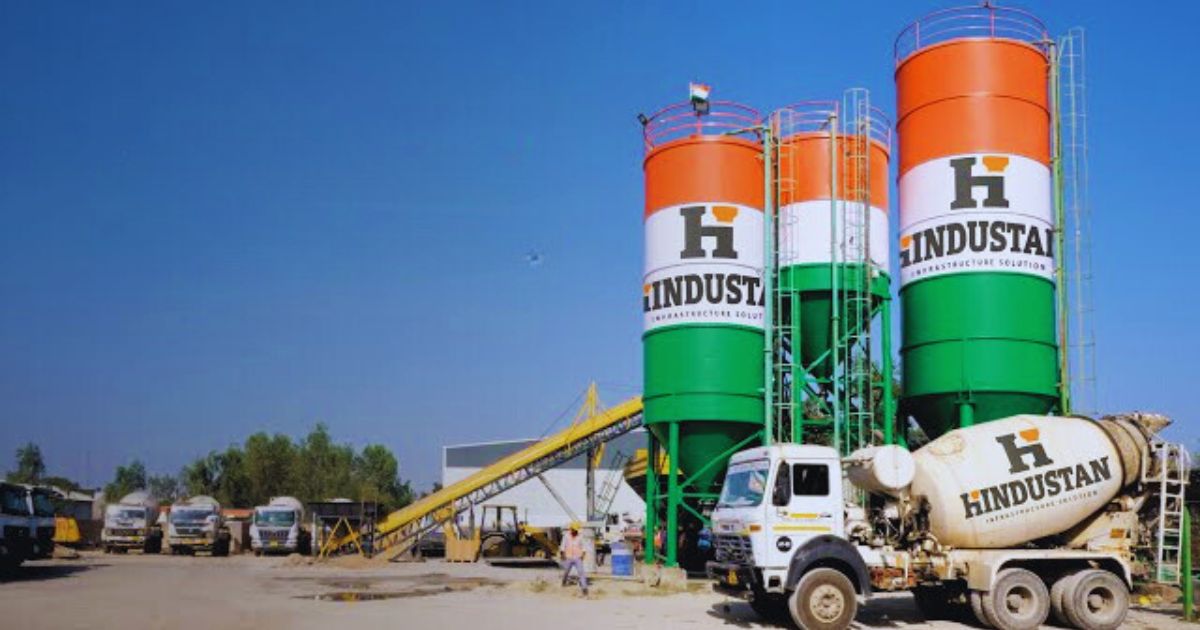Concrete is one of the most widely used construction materials in the world, forming the backbone of countless structures from skyscrapers to sidewalks. Understanding how concrete is made can give you insight into its versatility and strength. This guide will take you through the essential components, the mixing process, and the various techniques used to produce high-quality concrete.
The Basics of How Concrete is Made
Concrete is a composite material composed of three main ingredients: cement, water, and aggregates (sand, gravel, or crushed stone). When combined, these materials undergo a chemical reaction called hydration, which hardens and binds them into a solid mass. Here’s a detailed look at each component and how it contributes to the final product.
Key Components of Concrete
- Cement
Cement acts as the binder in concrete, holding the other materials together. The most common type of cement used is Portland cement, which is made by heating limestone and clay to high temperatures and then grinding the resulting clinker into a fine powder. The quality and type of cement significantly affect the properties of the concrete. - Water
Water is essential for the chemical reaction that causes cement to harden. The amount of water used in the mix influences the concrete’s workability and strength. A lower water-cement ratio leads to higher strength and durability but can make the mix less workable. The water should be clean and free from impurities that could affect the setting time and strength of the concrete. - Aggregates
Aggregates are the inert materials that provide bulk to the concrete. They occupy about 60-80% of the concrete’s volume. Fine aggregates (sand) fill the voids between coarse aggregates (gravel or crushed stone), contributing to the mix’s stability and strength. The size, shape, and gradation of the aggregates can impact the workability, strength, and durability of the concrete.
Additional Components
- Admixtures
Admixtures are chemicals added to the concrete mix to modify its properties. They can enhance workability, accelerate or retard setting time, reduce water content, and improve durability. Common admixtures include superplasticizers, air-entraining agents, and accelerators. - Supplementary Cementitious Materials (SCMs)
SCMs, such as fly ash, slag cement, and silica fume, are used to replace a portion of the Portland cement. They contribute to sustainability by recycling industrial byproducts and can improve the workability, strength, and durability of the concrete.
The Process of How Concrete is Made
- Batching
Batching is the process of measuring and combining the concrete ingredients in specific proportions. This can be done by weight or volume. Accurate batching ensures that the final product has the desired properties. Modern batching plants use automated systems to measure and mix the components precisely. - Mixing
Mixing the ingredients thoroughly is crucial to ensure a homogeneous and consistent concrete mix. This can be done in several ways:
- Manual Mixing: Suitable for small-scale projects, manual mixing involves combining the ingredients in a wheelbarrow or mixing pan using a shovel.
- Drum Mixers: Commonly used on construction sites, drum mixers rotate the ingredients in a drum to achieve a uniform mix.
- Batch Mixers: These stationary mixers, often found in ready-mix concrete plants, use various mechanisms (e.g., twin-shaft mixers, pan mixers) to blend the ingredients thoroughly.
- Transportation
Once mixed, the concrete must be transported to the construction site. This is typically done using transit mixers, which are trucks with rotating drums that keep the concrete agitated, preventing it from setting during transport. For large projects, concrete can be pumped through pipelines using concrete pumps. - Placing
Placing involves depositing the concrete into the desired location. This must be done carefully to avoid segregation, where the heavier aggregates settle, and the lighter cement paste rises. Common methods of placing include pouring, pumping, and using buckets or cranes. - Compacting
Compacting eliminates air pockets and ensures the concrete fills all spaces within the formwork, providing a dense and uniform material. This can be done using:
Hand Tools: For small areas, hand tools like tampers and rods are used.
Vibrators: For larger projects, vibrators (internal, external, or surface) are used to compact the concrete effectively. - Finishing
Finishing gives the concrete surface the desired texture and appearance. The process includes:
Screeding: Leveling the concrete using a straightedge.
Floating: Smoothing the surface with a float.
Troweling: Giving a smooth finish using a trowel.
Texturing: Applying patterns or textures to the surface for aesthetic or functional purposes (e.g., slip resistance). - Curing
Curing is the process of maintaining adequate moisture, temperature, and time to allow the concrete to achieve its desired strength and durability. Proper curing prevents the concrete from drying out too quickly, which can cause cracks and reduce strength. Common curing methods include:
- Water Curing: Continuously wetting the concrete surface.
- Sealing: Applying curing compounds or coverings to retain moisture.
- Steam Curing: Using steam to accelerate the curing process, often used in precast concrete production.
Quality Control in Concrete Production
Quality control is essential to ensure that the concrete meets the required specifications and standards. This involves:
- Testing Raw Materials: Checking the quality of cement, aggregates, water, and admixtures.
- Sampling and Testing: Regularly sampling the concrete and testing its properties (e.g., slump test, compressive strength test).
- Monitoring: Continuously monitoring the mixing, placing, and curing processes to ensure compliance with the design requirements.
Conclusion
Understanding how concrete is made is fundamental for anyone involved in construction. From selecting the right materials to mixing, transporting, placing, and curing, each step plays a crucial role in producing high-quality concrete. By following best practices and maintaining strict quality control, you can ensure that your concrete structures are durable, strong, and fit for purpose. Whether you’re a professional contractor or a DIY enthusiast, knowing how concrete is made will empower you to achieve better results in your construction projects.







